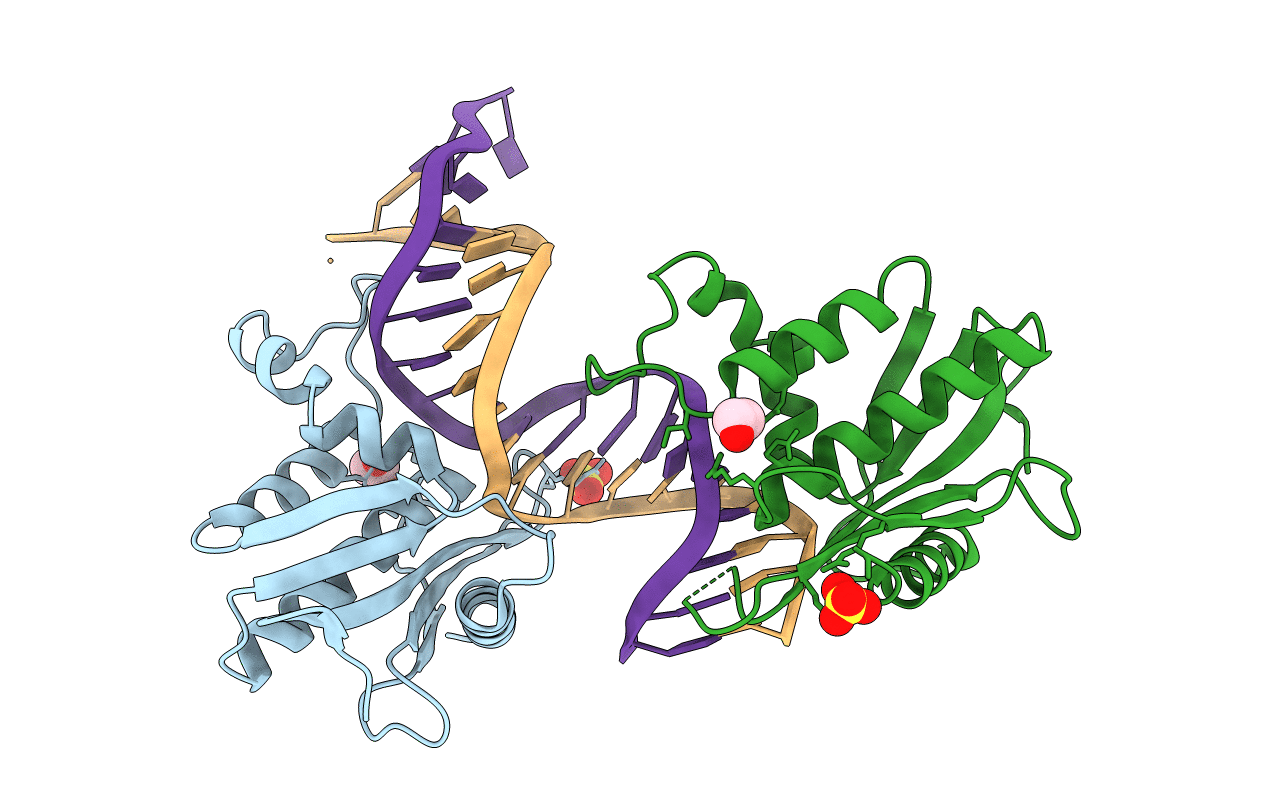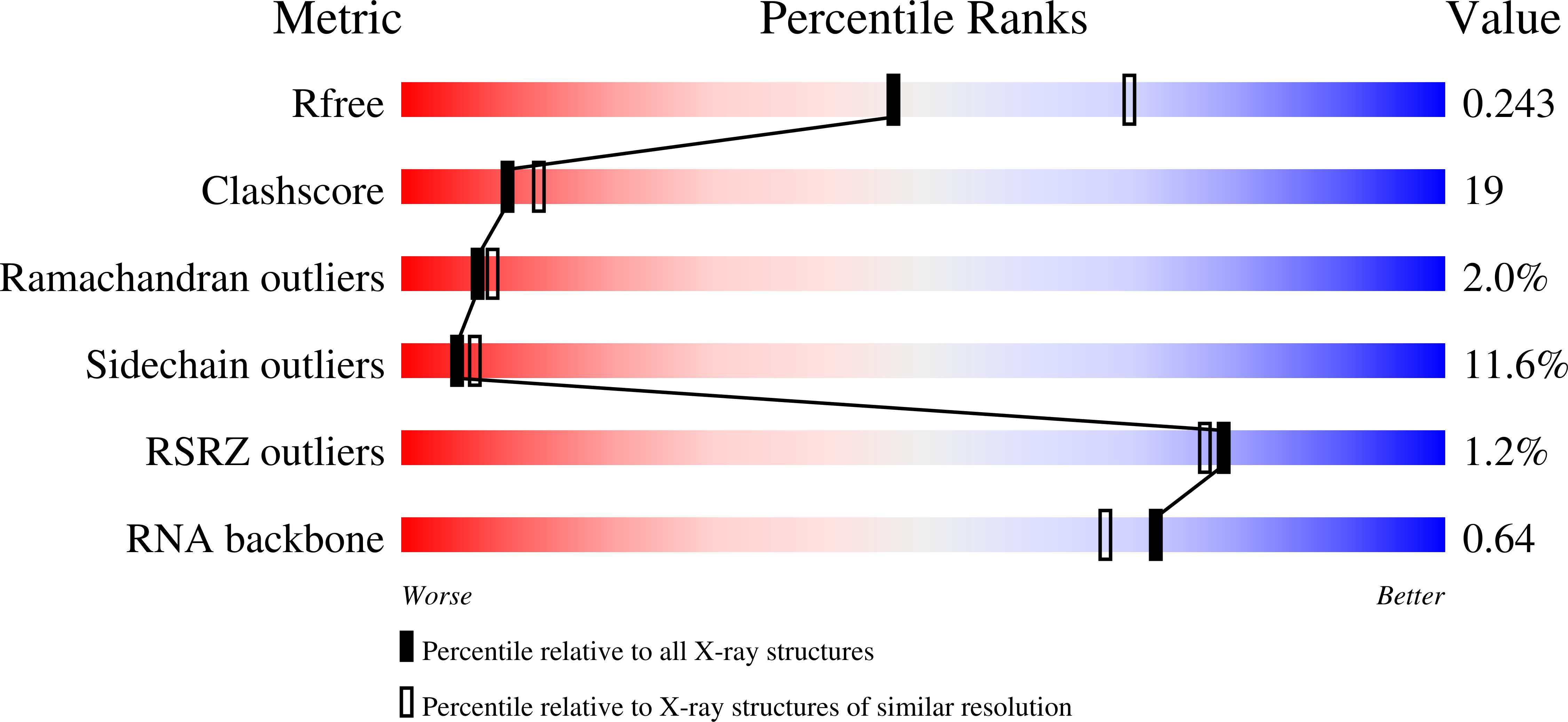
Deposition Date
2007-07-10
Release Date
2007-11-13
Last Version Date
2024-10-30
Entry Detail
PDB ID:
2QKB
Keywords:
Title:
Human RNase H catalytic domain mutant D210N in complex with 20-mer RNA/DNA hybrid
Biological Source:
Source Organism:
Homo sapiens (Taxon ID: 9606)
Host Organism:
Method Details:
Experimental Method:
Resolution:
2.40 Å
R-Value Free:
0.25
R-Value Work:
0.20
Space Group:
P 32 2 1


